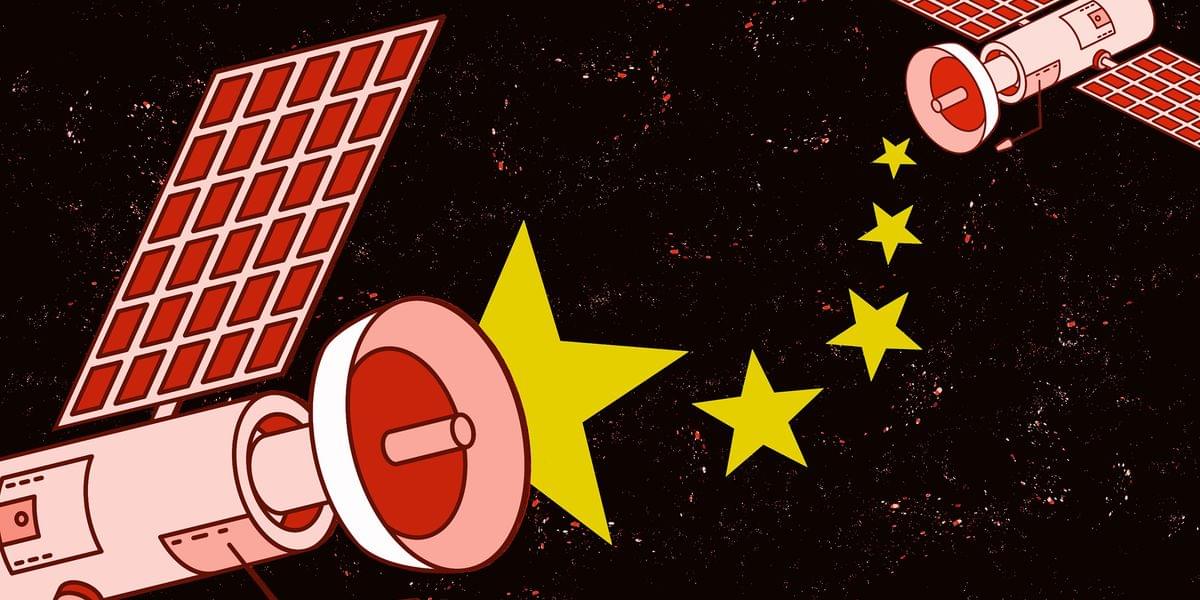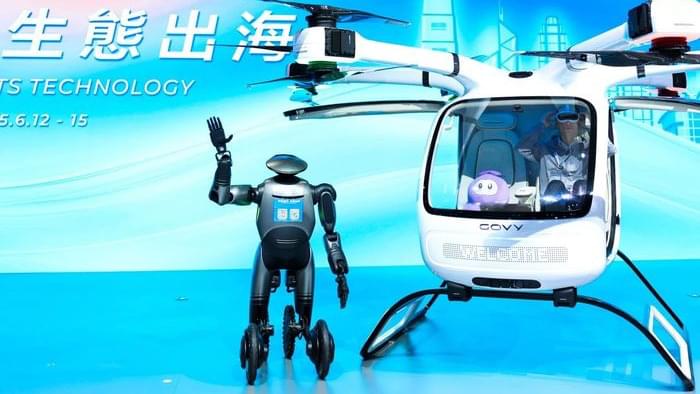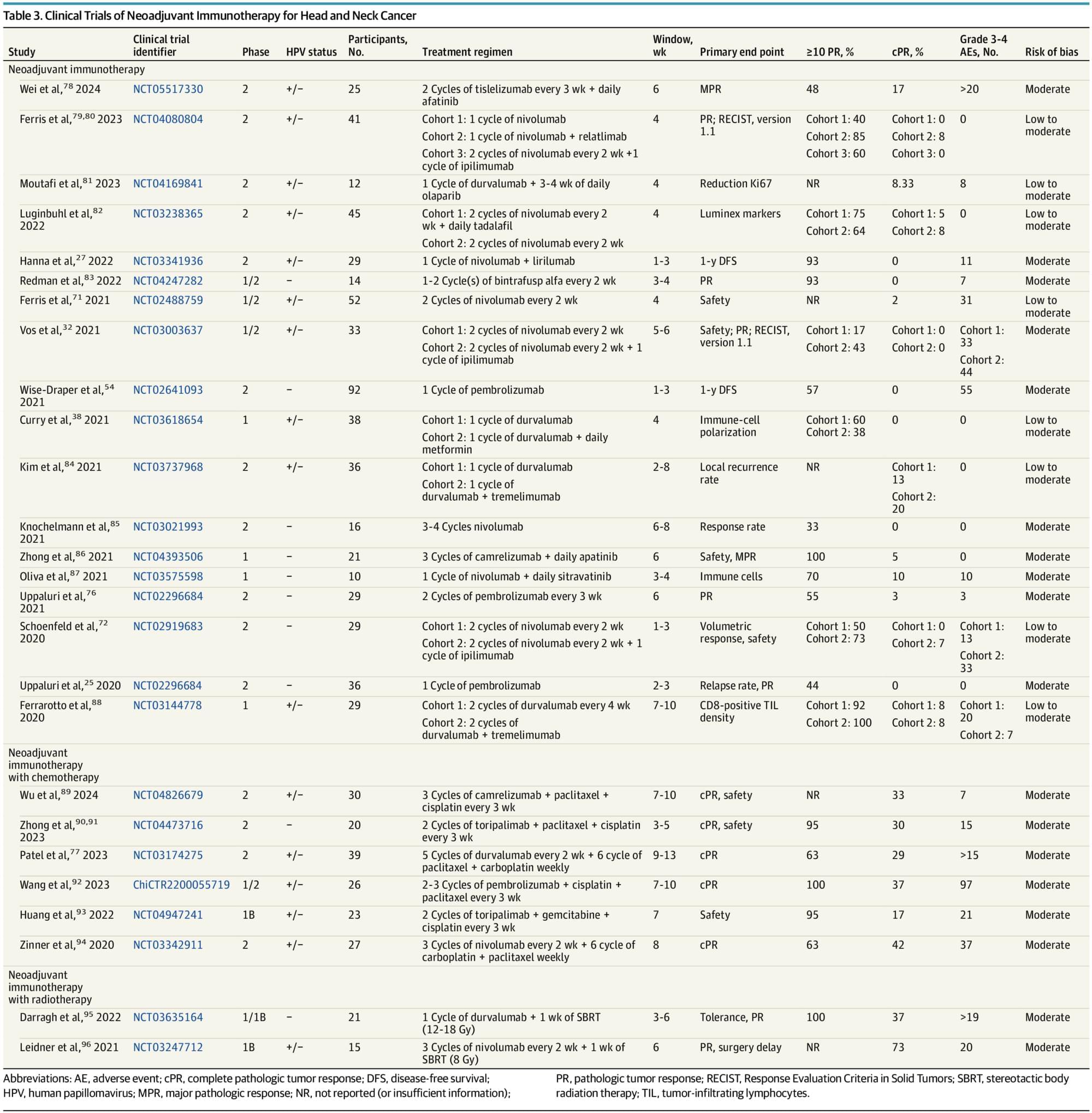The Advanced Research Projects Agency for Health (ARPA-H), an agency HHS, today unveiled its groundbreaking Functional Repair of Neocortical Tissue


It is a famous result of Kolmogorov that there exists a (Lebesgue) integrable function on the torus such that the partial sums of Fourier series of $f$ diverge almost everywhere (a.e.). More specifically, he exhibited an $f\in L^{1}(\mathbb{T})$ such that.
\begin{align*} \sup_{N\geq 1}\left|S_{N}f(x)ight|=\sup_{N\geq 1}\left|(f\ast D_{N})(x)ight|=\infty, \qquad\forall \text{ a.e. } x\in\mathbb{T}, \end{align*} where $S_{N}$ is the $N^{th}$ partial sum and $D_{N}$ is the $N^{th}$ Dirichlet kernel given below. \begin{align*} S_{N}f(x):=\sum_{\left|night|\leq N}\widehat{f}(n)e^{2\pi inx}, \quad D_{N}(x):=\dfrac{\sin 2\pi(N+\frac{1}{2})x}{\sin \pi x} \end{align*} and we identify $\mathbb{T}$ with the unit interval $[0,1]$.
I have read, for example pg. 118 in [Pinsky], that Kolmogorov’s counterexample can be replicated in the context of the Fourier transform on the real line $\mathbb{R}$, showing that $L^{1}$ pointwise Fourier inversion can fail quite horribly. If my understanding is correct, then the following claim is true:




Beijing’s Laser Starcom enhances #satellite communication with ultra-fast laser links. The company achieved a 400 Gbps connection between two satellites, highlighting precision tracking and high data rates. This advancement supports #China’s growing space ambitions and reduces reliance on ground stations.

Potential treatments for amyotrophic lateral sclerosis (ALS) and other neurodegenerative diseases may already be out there in the form of drugs prescribed for other conditions. A team of researchers from Lawrence Livermore National Laboratory (LLNL), Stanford University and the University of California, Los Angeles (UCLA) are using artificial intelligence and machine learning (AI/ML) to try to find them.
Clinical trials for new drugs can take up to 5–7 years, so repurposing existing drugs is one of the best ways to deliver treatments quickly. AI/ML can make it even faster. By analyzing long-term electronic health records (EHRs) of patients with ALS, the team can identify drugs — or combinations of drugs — prescribed for other conditions that may influence the progression of the disease. The drugs’ “off-target” effects may not only affect patient survival but also provide insight into how neurodegenerative diseases work and inform better therapies.
“If you talk to any ALS caregiver, you will be moved because the disease has such a grim prognosis, so being able to do something is tremendously motivating,” said Priyadip Ray, a staff scientist in LLNL’s Computational Engineering Division (CED) who leads the effort.

By flying closer to the Sun than ever, Parker Solar Probe reveals the chaotic birthplace of solar wind and space storms, offering clues that may boost Earth’s defenses.
